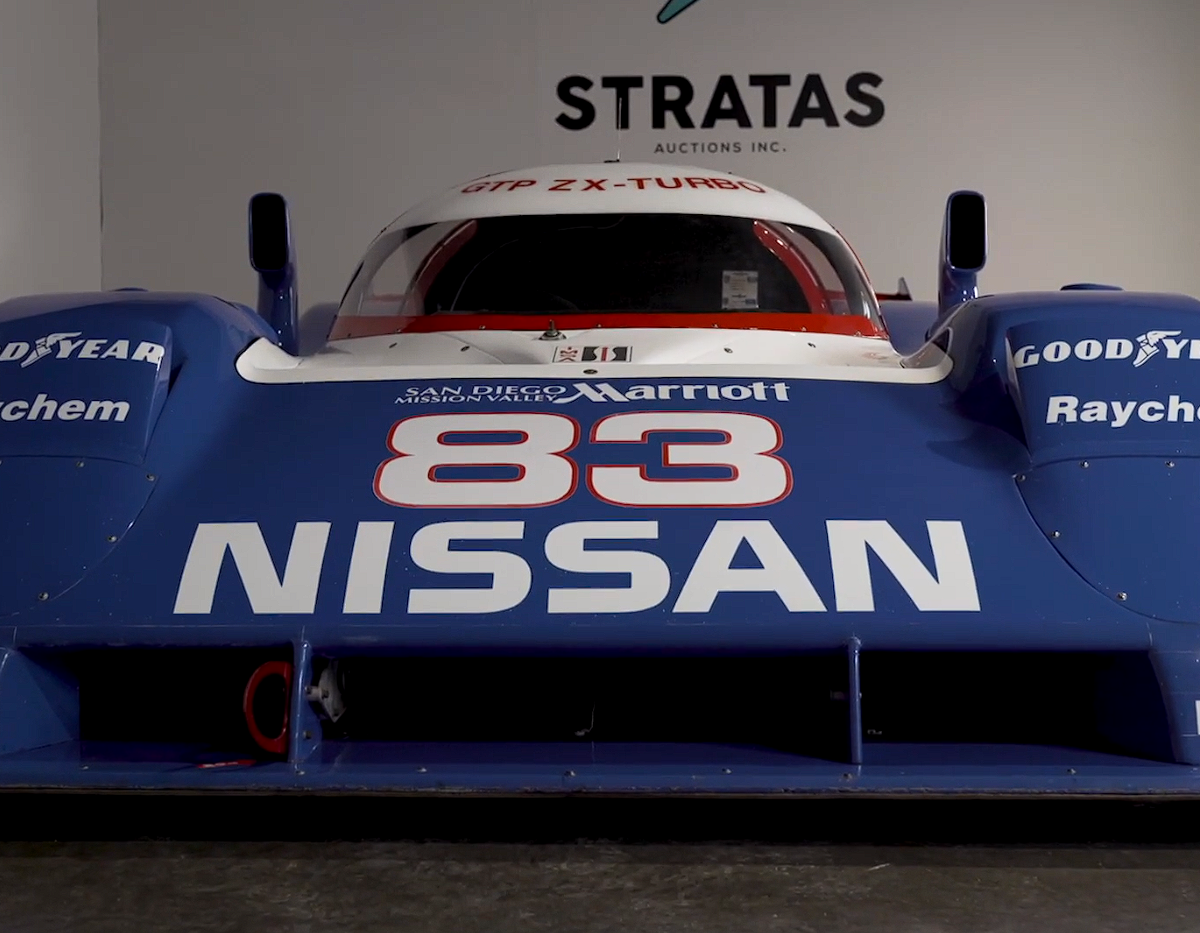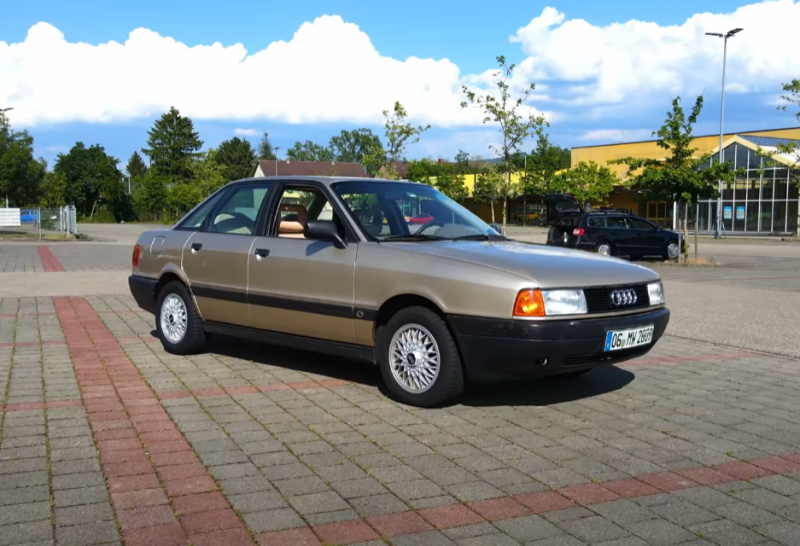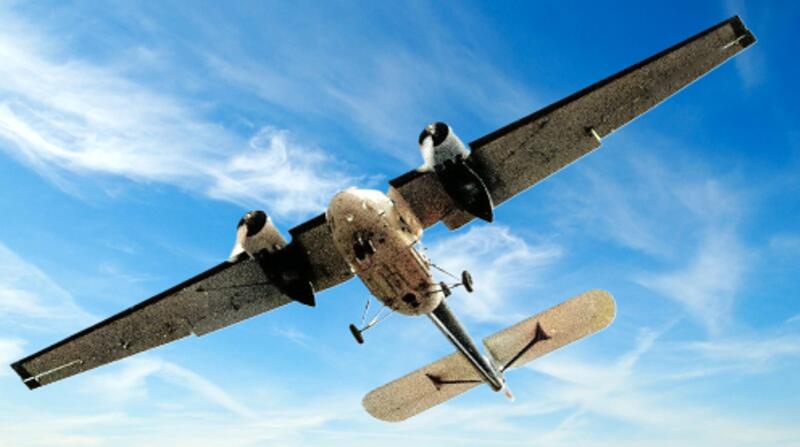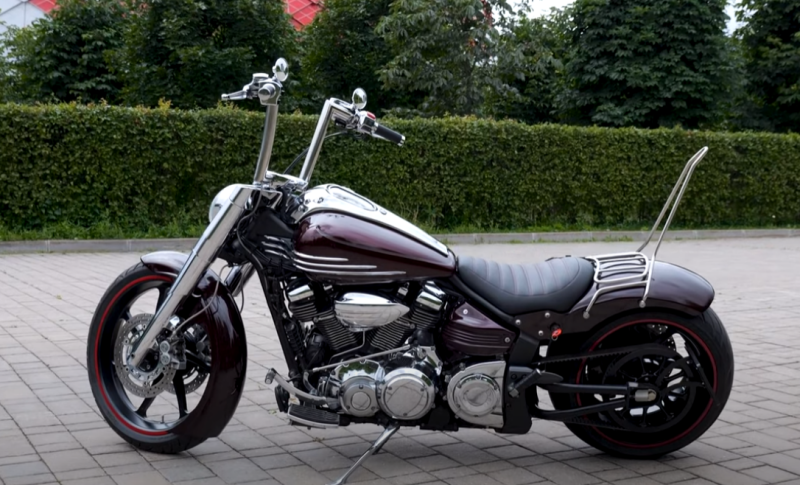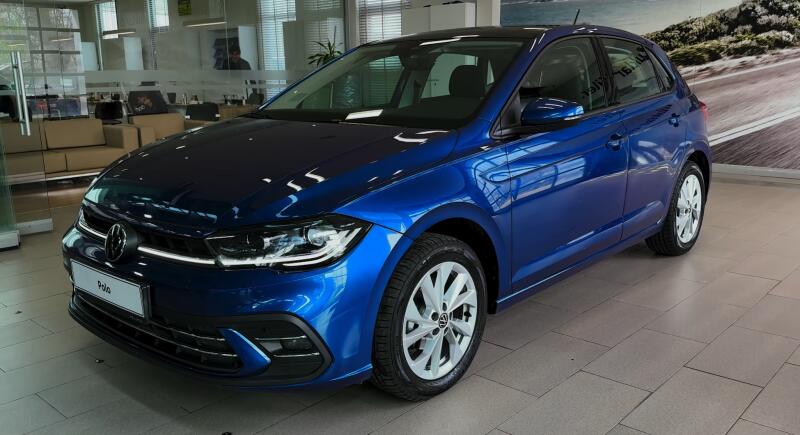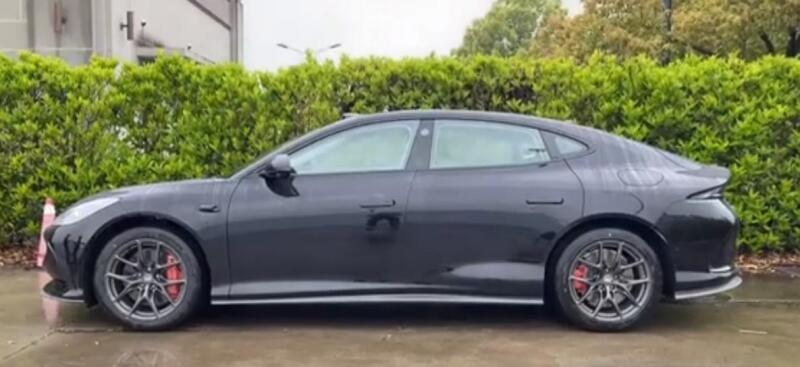In 1984, Nissan entered into an agreement with the California-based Electromotive Engineering factory to build a top-class sports prototype. With him, the Japanese were going to win the American IMSA GT series, thereby promoting the Nissan brand in the United States. But in order to win, it was necessary to defeat Porsche. From the very beginning, they relied on the serial engine of the Nissan 300ZX sports car. The engine was a V-shaped six, with a working volume of three liters, equipped with a turbocharger. The development of the racing specification for this motor was just done by Electromotive Engineering. But they didn’t dare to develop the chassis on their own, so they ordered it from the British company Lola.
 Nissan GTP category for the American IMSA championship. Photo: Youtube.com
Nissan GTP category for the American IMSA championship. Photo: Youtube.comNissan GTP ZX-Turbo
Gradually modernizing the English car, Electromotive Engineering learned to develop the chassis on their own, and already in 1986 it was 100% Nissan. From that moment on, the glory days of the Porsche 962C were numbered: in 1987, only Nissan's reliability problems allowed the German prototype to win the championship, but from the next season, when Electromotive Engineering increased reliability, Porsche simply “got lost”! Neither new water-cooled cylinder heads nor changes in aerodynamics helped the German car - Nissan was faster! No wonder, because the downforce and power of the Nissan GTP ZX-Turbo was more than that of the 1 Formula 2020 cars!
Nissan VG30 engine
At first, when there were no restrictions on boost pressure, the power of the Japanese engine exceeded 1000 horsepower! But due to the fact that the speeds were becoming too dangerous, the IMSA leadership decided to introduce restrictors. The power went down to 800 horses, but, oddly enough, the torque increased, and as a result, the Nissan went even faster!
It's a lot or a little, judge for yourself: the Jaguar XJR-9 car engine developed "only" about 750 horses, and the Porsche 962 engine even less: the Type 962-72 modification (3 liters and a restrictor) offered its pilots only 695 horses.
 The Nissan VG30GTP engine produced 1000 horses! Photo: Youtube.com
The Nissan VG30GTP engine produced 1000 horses! Photo: Youtube.comFun fact: both Jaguar and Porsche achieved higher top speeds, despite the fact that the Nissan engine was noticeably more powerful. The difference in power went to overcome drag. According to Trevor Harris, creator of the GTP ZX-Turbo, at 320 km/h. the downforce was 4500 kilograms (10000 pounds), more than the downforce of a 1 Formula One championship Mercedes-Benz!
I usually used as much downforce as I could get. At Daytona, we found ourselves behind the Porsche at 16 km/h at maximum speed, while our lap times were still better than the Germans! The insane level of downforce helped keep the car “glued to the pavement” during the difficult, “road” sector of the track, but it also gave increased aerodynamic drag.
— Trevor Harris.
But the main rival of the Japanese prototype was not destined to become the Porsche 962C, which at that time was hopelessly outdated, but the car from the UK: the Jaguar XJR-9. This prototype was equipped with a gigantic seven-liter naturally aspirated V12 engine. Here's what Nissan team driver Jeff Brabham had to say about the duel:
We had a big fight with Jaguar in '88 - it was a really intense rivalry. They came from Europe, and they thought their car was much better than even the Porsche 962C, not to mention the rest. Jaguar expected the 1988 championship to be a cakewalk for them, having already won the Daytona. I well remember one of their racers saying that on street circuits they would easily kick our ass, because their naturally aspirated seven-liter V12, which develops gigantic torque from the very bottom, will not leave our “turbo V6” a chance.
But it turned out the other way around: the ground effect from two huge Venturi tunnels, and the "small" Nissan V6 engine tore the Jaguar to the British flag!
 Jaguar XJR-9 was equipped with a seven-liter V12. Photo: Youtube.com
Jaguar XJR-9 was equipped with a seven-liter V12. Photo: Youtube.comJaguar
British cars have settled in IMSA since the foundation of this series, in 1983. The car, for which the American team, led by Bob Tulius, was fully responsible for its construction, was called the XJR-5. At about the same time, TWR's Tom Walkinshaw managed to get Jaguar to build prototypes for the WSC championship. Thus, on opposite sides of the ocean, Jaguar was represented by two different teams. In 1988, the British decided to join forces: instead of the "American" XJR-5, and XJR-6 "Group C", TWR was instructed to develop a single model, called the XJR-9. Of course, this car was equipped with the pride of the English factory - a V12 engine with a displacement of 7.0 liters.
But after this colossus was defeated by the "little" Nissan, the British stepped on the throat of their own song and abandoned the V12, in favor of the "foreign" V6! The "new" engine, which debuted in 1989, was borrowed from the rally MG Metro 6R4 "Group B". For IMSA, the British installed a three-liter version, and for WSC, the working volume was increased to 3.5 liters. And V12 was later used only for marathon distances.
 Porsche 962C: one of the best prototypes in history. Photo: Youtube.com
Porsche 962C: one of the best prototypes in history. Photo: Youtube.comBut the engine was not the only weapon of the British. Ross Brawn and Tony Southgate, creator of the infamous Arrows A2, worked on the chassis and aerodynamics of the Jaguar. The result of their creativity was an innovative rear wing, called the "Red Baron" or "biplane". In addition, the rear wheel arches were covered with aerodynamic flaps to reduce air resistance.
The triumph of "Japanese" technology
But it was not possible to defeat Nissan: the Japanese won the IMSA-GT championship in 1988, 1989, 1990 and 1991. After two victories in the IMSA championship in 1988 and 1989, the Japanese bought out Electromotive Engineering and renamed it Nissan Performance Technology Inc., NPTI for short. Because of this, I had to come up with a new index, instead of the GTP ZX-T, the car became known as the NPT-90. After two more years of dominance, it seemed that Nissan would continue to win. But Dan Gurney did not agree with this: AAR Eagle-Toyota prototypes were faster than Nissan! These cars were already equipped with a carbon fiber monocoque, and the front diffuser was full, unlike Nissan.
All American Racers
Toyota's Eagle GTP Mk III prototype was powered by the 3S-GTM engine, based on the production 3S-GTE. In 1992, they managed to "inflate" it to an impressive "800+" horses, and this is with a 54 mm restrictor! In the 93rd, the power decreased to "700+" hp. s., since the organizers introduced restrictors already at 52 mm. But in any variant, Eagle-Toyota was superior to Nissan.
 Eagle GTP Mk III Toyota with Celica engine. Photo: Youtube.com
Eagle GTP Mk III Toyota with Celica engine. Photo: Youtube.comSpecifications Nissan GTP ZX-Turbo
✅ Aerodynamics: Yoshi Suzuka. Chassis: Trevor Harris. Engine: John Knep.
✅ Chassis: aluminum monocoque. Body: Carbon fiber and Kevlar.
✅ Dimensions.
✅ Length: 4800 mm. Width: 2007 mm. Height: 1016 mm. Wheelbase: 2705 mm.
✅ Weight: 952 kg.
✅ Engine Model: VG30-GTP
✅ Working volume: 2959 cm3.
✅ Configuration: V6 60º, with Garrett turbocharger
✅ Power without restrictor: 1000 hp With.
✅ With 57 mm restrictor: 850 l. With. (1988)
✅ With 54 mm restrictor: 750 l. With. (1989)
It was the best racing era of sports prototypes in America! The cars were interesting to the fans, as they were damn fast. And yes, they were fun to drive.
- Jeff Brabham.
 Unlike the "American" prototype, the "Japanese" Nissan R90CK was equipped with a 8-liter V3,5 engine. Photo: Youtube.com
Unlike the "American" prototype, the "Japanese" Nissan R90CK was equipped with a 8-liter V3,5 engine. Photo: Youtube.comThe last time the Nissan NTP-90 (chassis 90-03) entered the race was in 1996, at the 24 Hours of Daytona marathon. The chassis has been modified in accordance with the IMSA WSC rules and is equipped with a BMW V12 engine. The car retired after 86 laps due to a generator failure.
